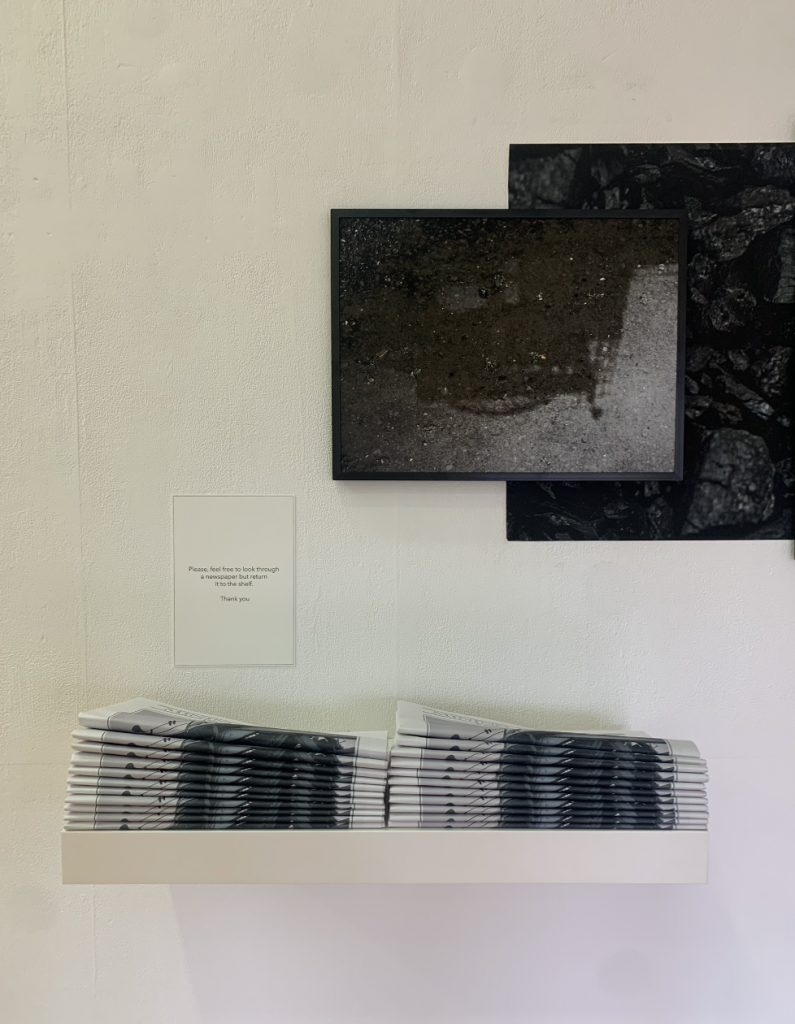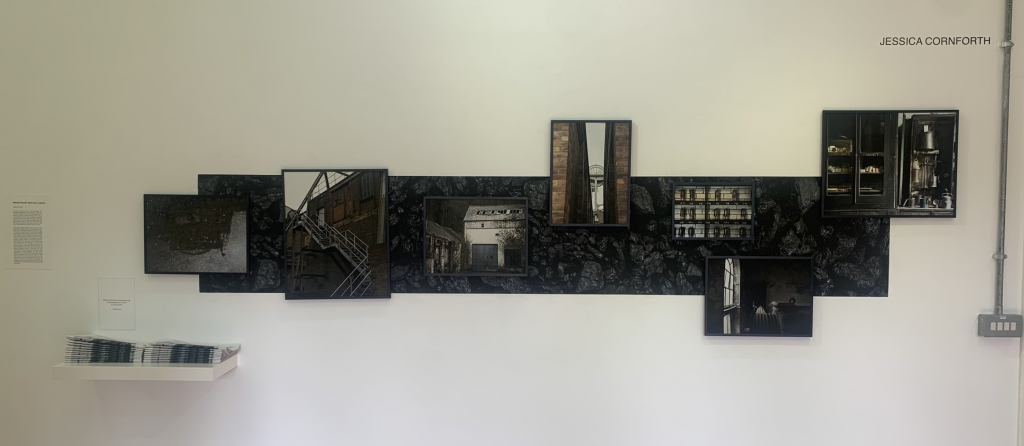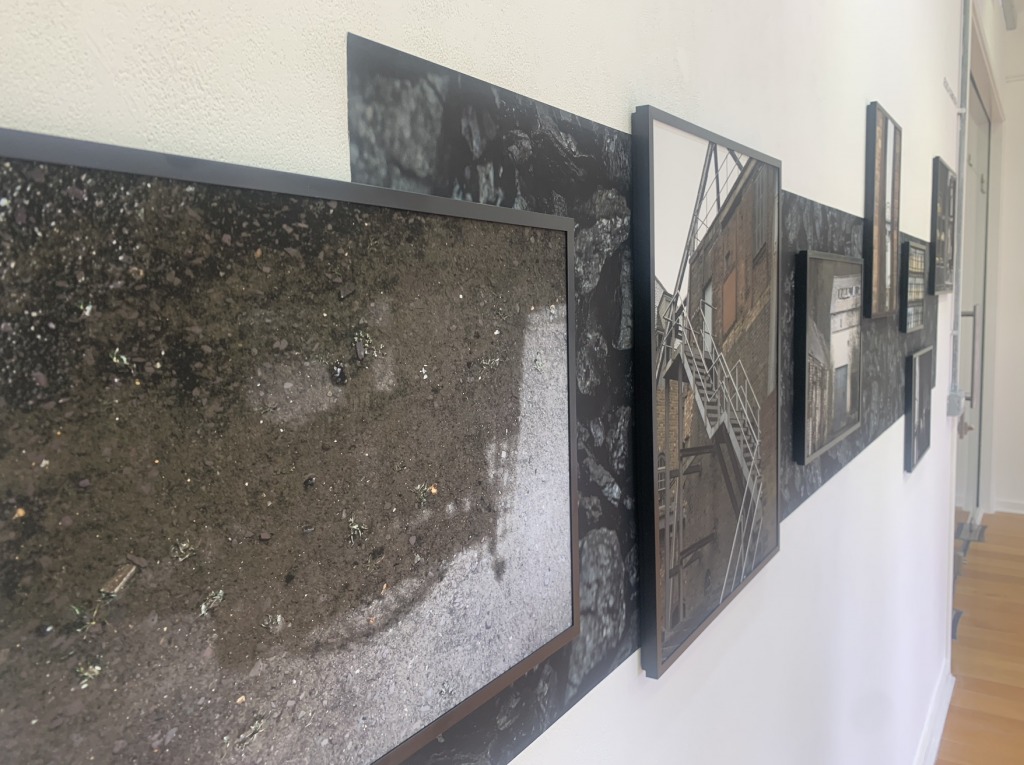June 2023
This work examines how, in the Northeast, our historical relationship to coal shaped the land and the communities around us. As we hopefully move towards a world of greener energies, this work is in remembrance of the holes in which our relatives clawed for coal and worked until the coal dust took their lungs, some never seeing daylight again. My great grandad was a miner who crawled through coal seams as small as 18inches for up to a mile, this is represented in the strip of coal on the wall.
In the worst mining disaster ever recorded in the Northeast of England 204 men and boys lost their lives, a third of those who died were under the age of nineteen. Disasters like this forced communities to be tough as it was not uncommon to hear of death in this industry, making community bonds stronger. Hard times make you thankful for what you have, and coal mining shaped the way people in the north looked at things. People in this industry turned to those around them because of the hardship, pain and struggles they went through. Our history has shown that from wars, pandemic, and times of mutual struggle in the area we pulled together and that’s something we should never lose. It’s why we should remember how our community was built and these moments in history are important. When looking back at the coal industry it is often with a political mind set of the strike or the pollution caused which are important but so are the boys and men that worked there or those that lost their lives. This body of work is not about bringing this industry back but about learning to remember our heritage, our strengths, and bonds to help each other to succeed to tell the story of why the pit wheels now stand in the memorials.
Photograph:
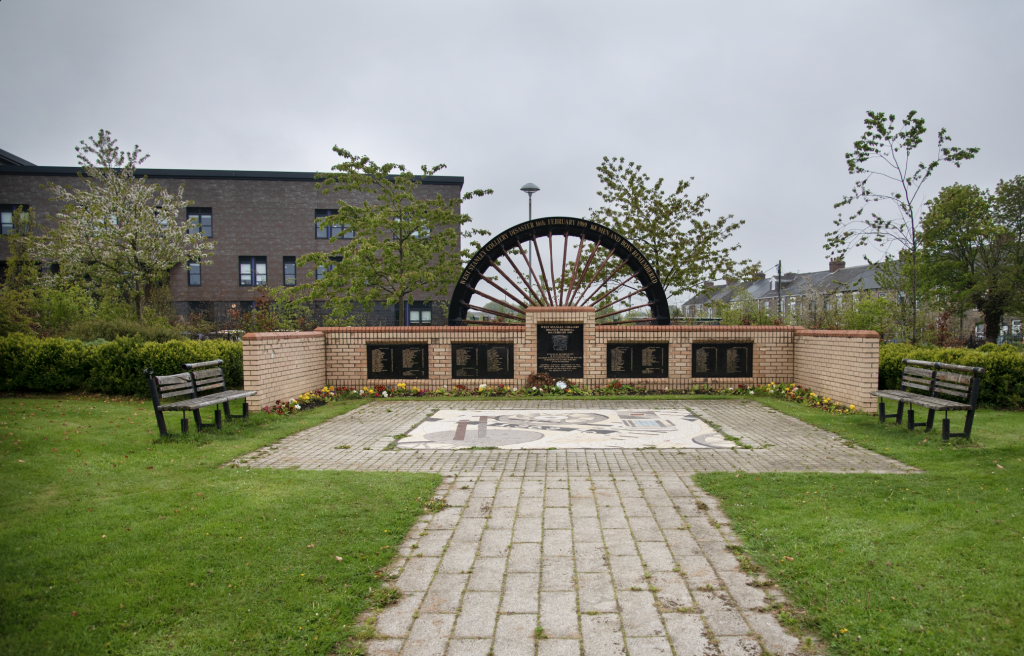
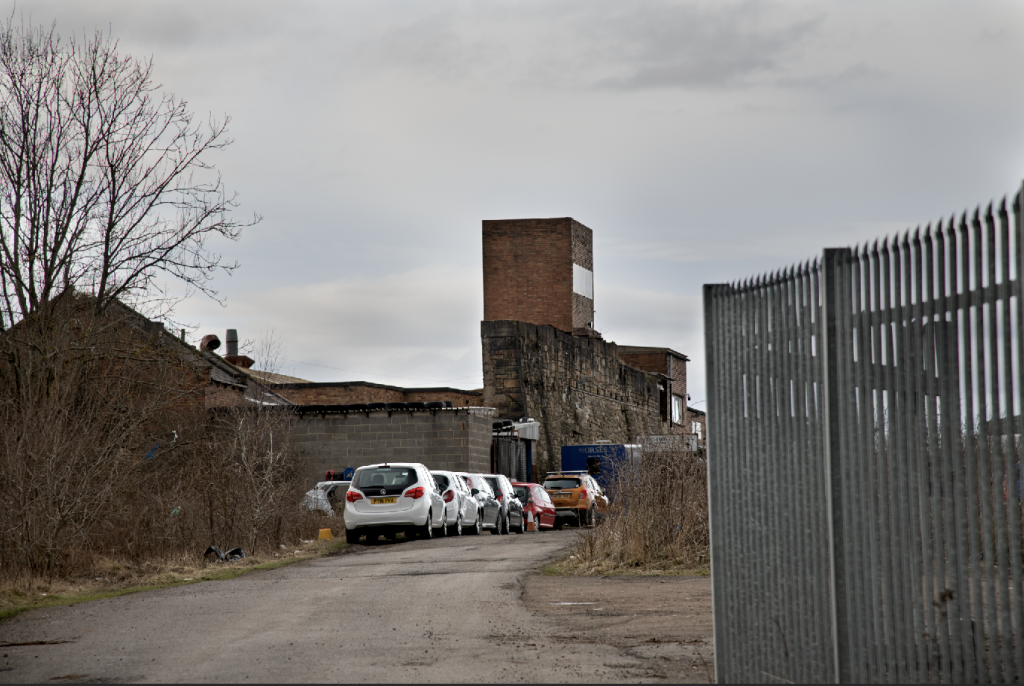
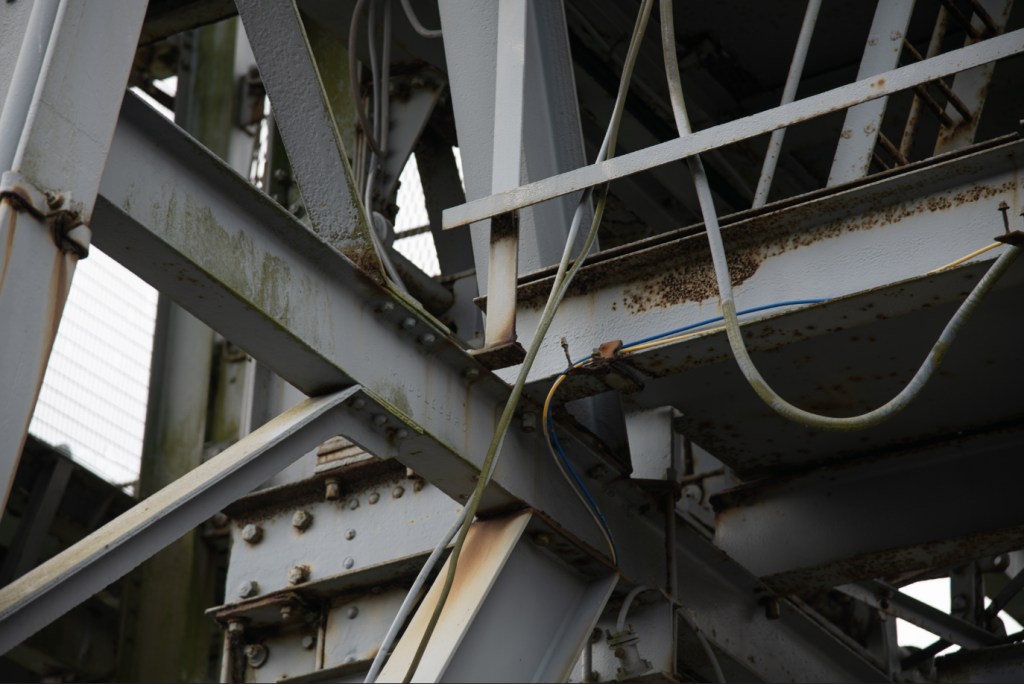
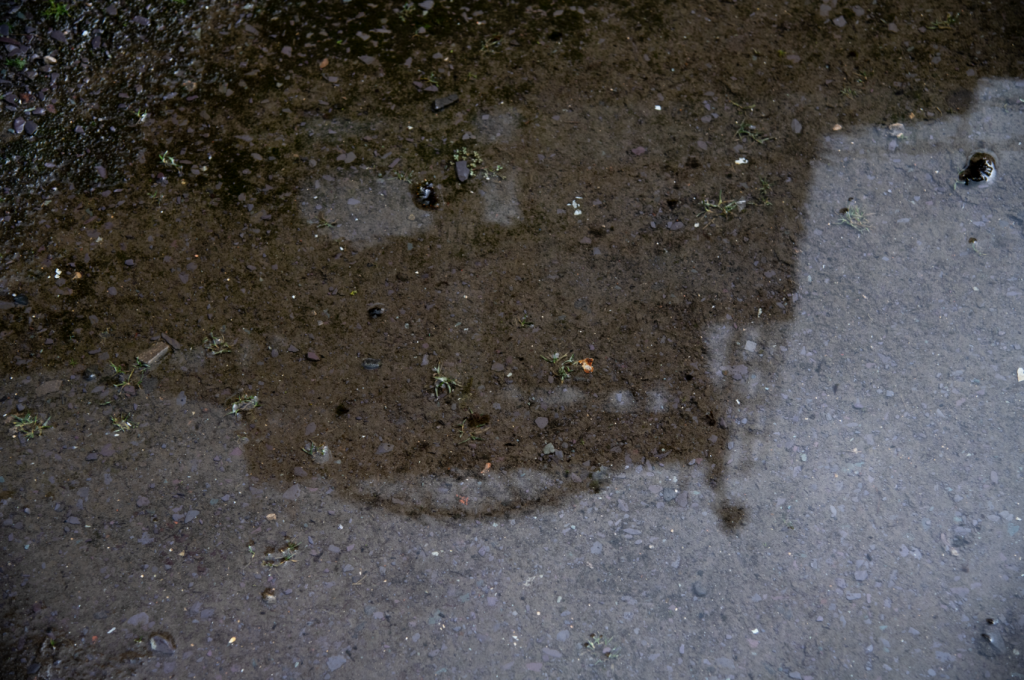
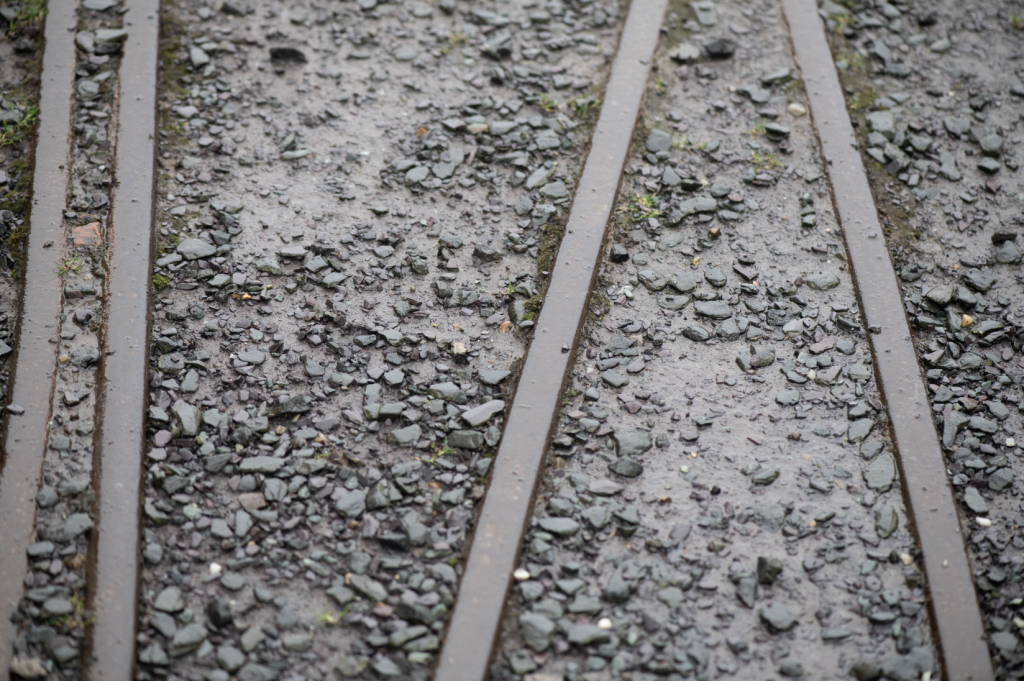
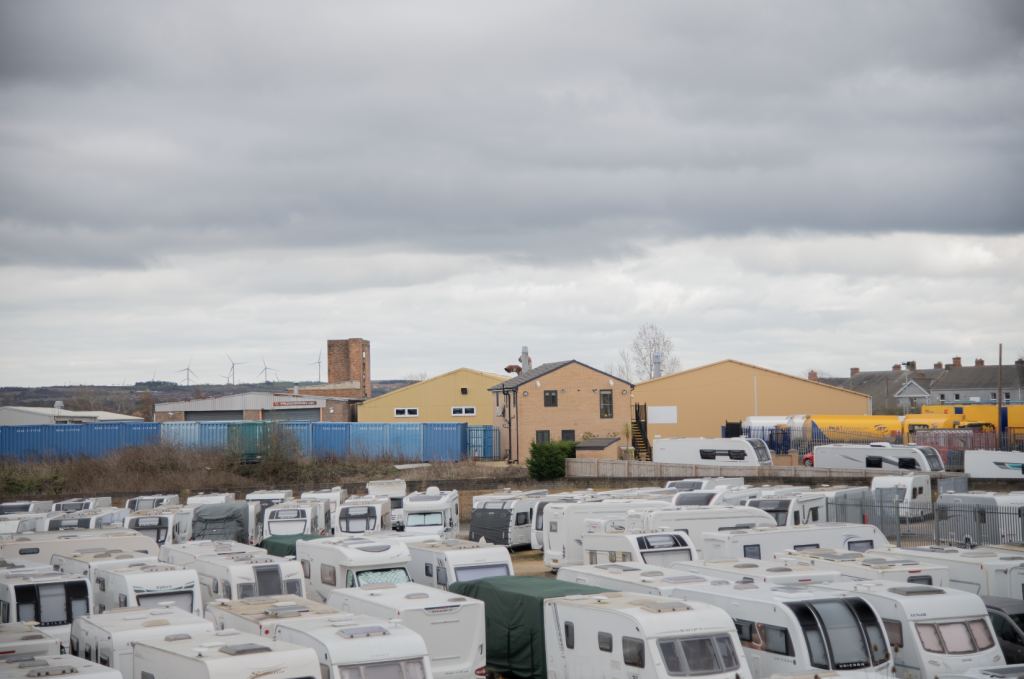
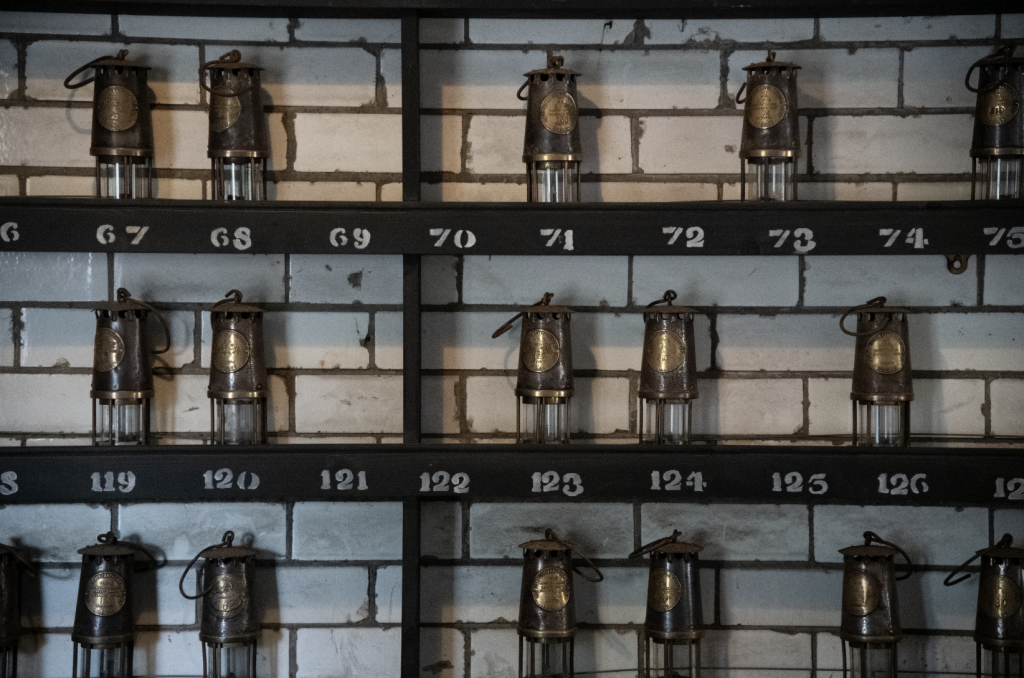
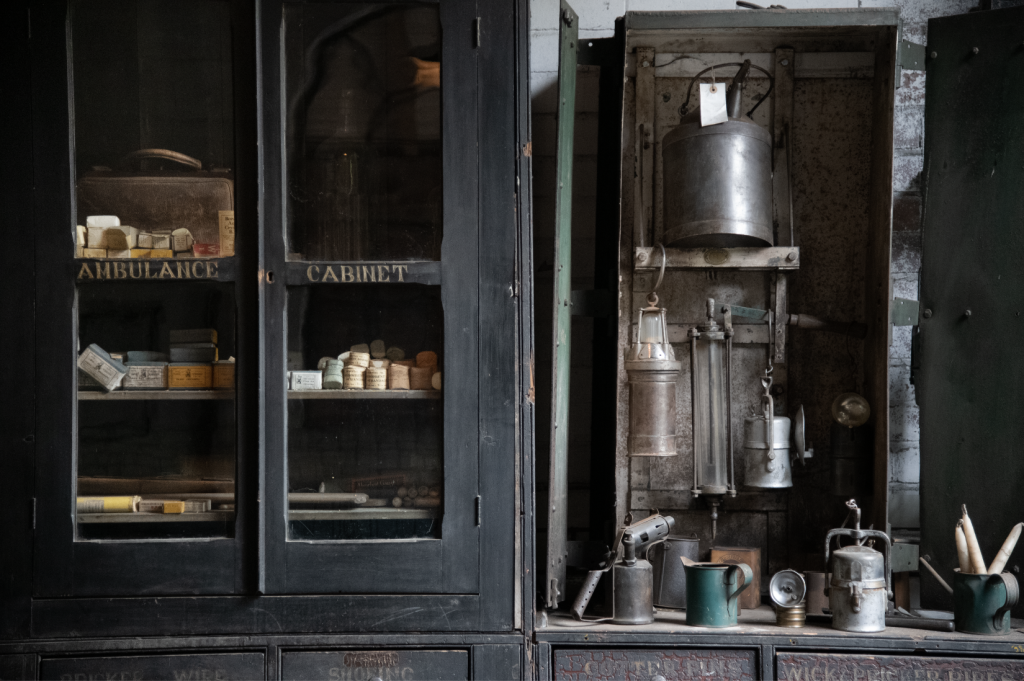
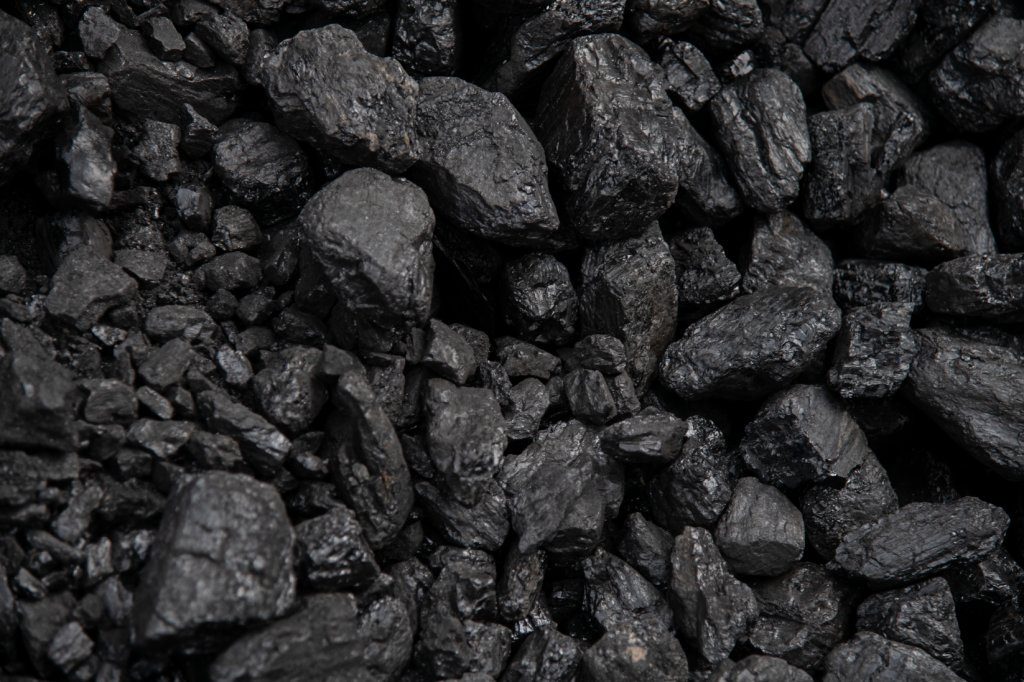
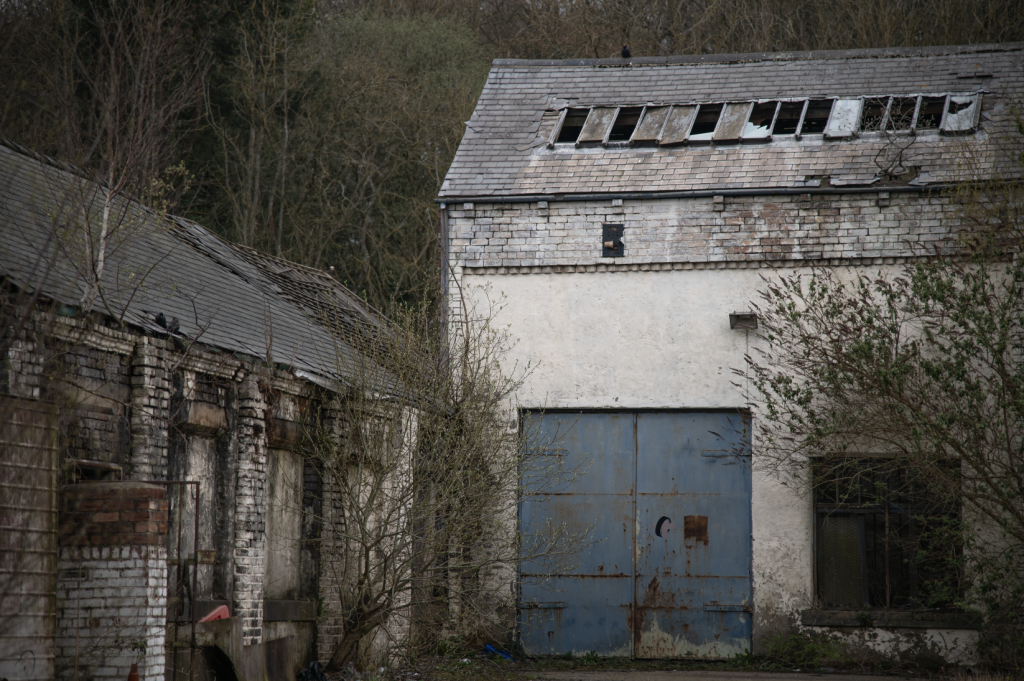
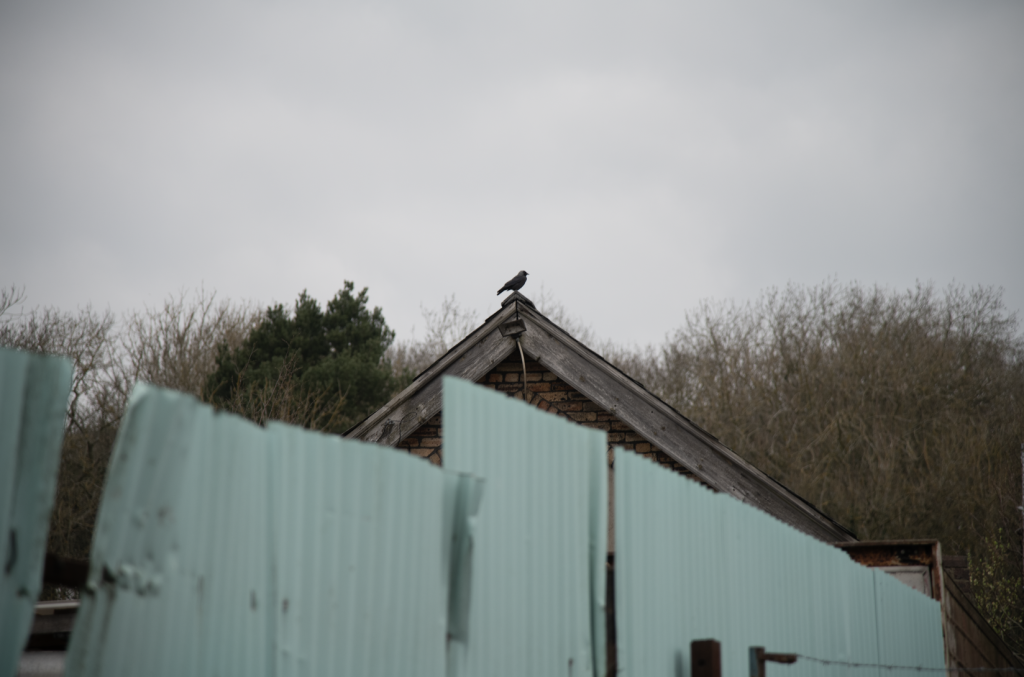
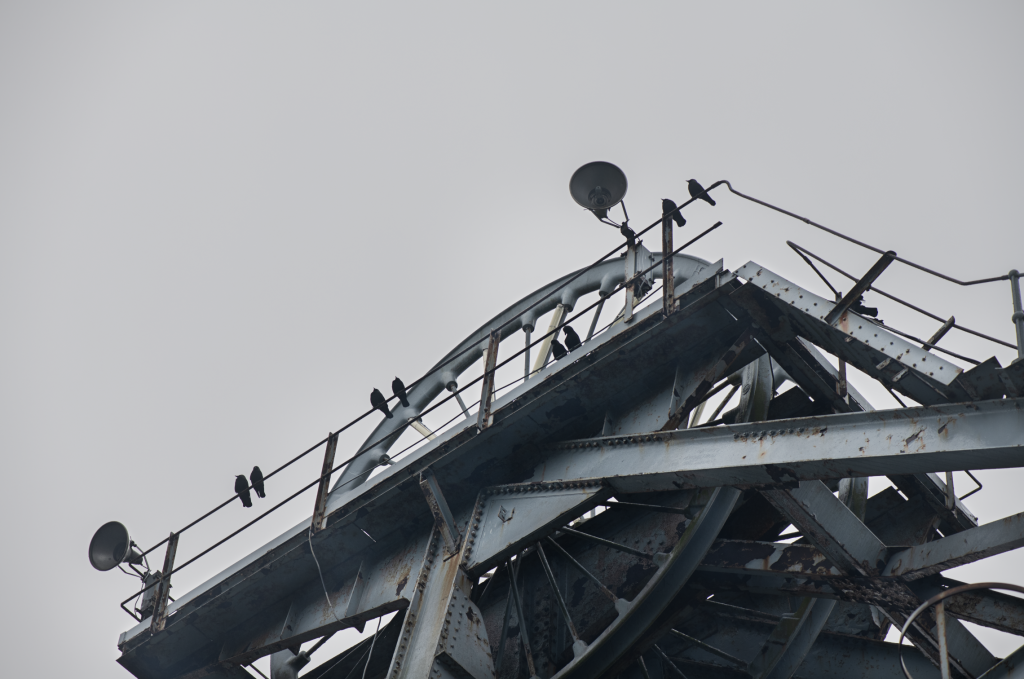
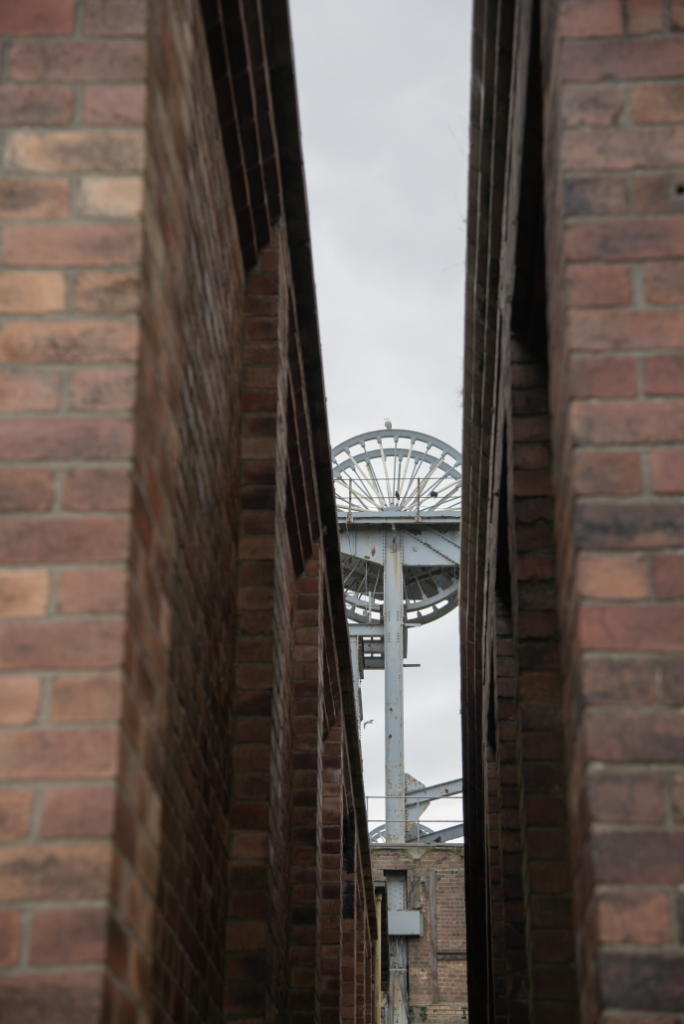
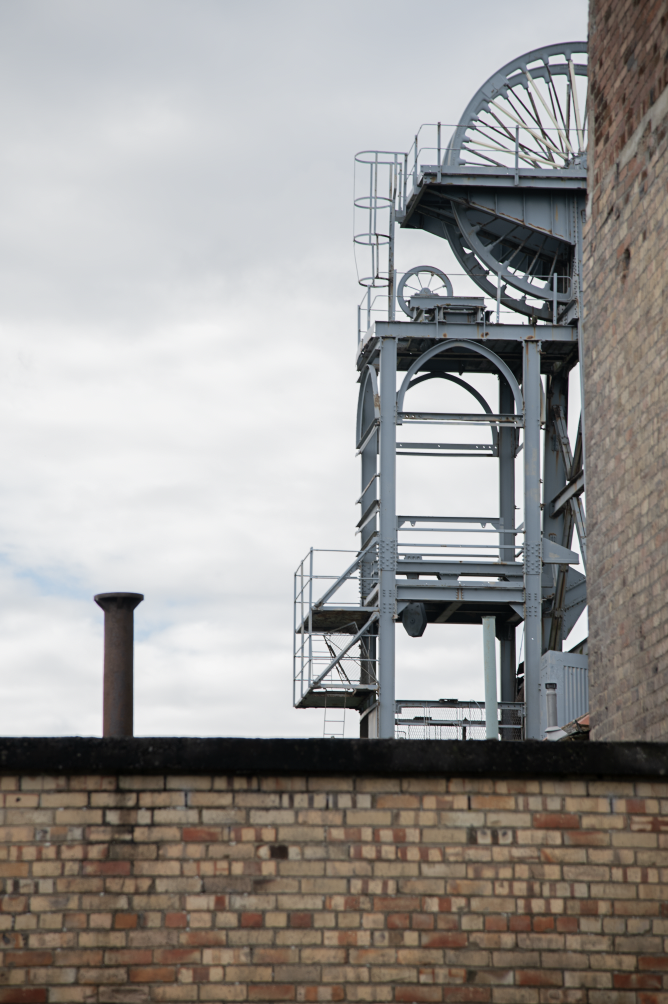
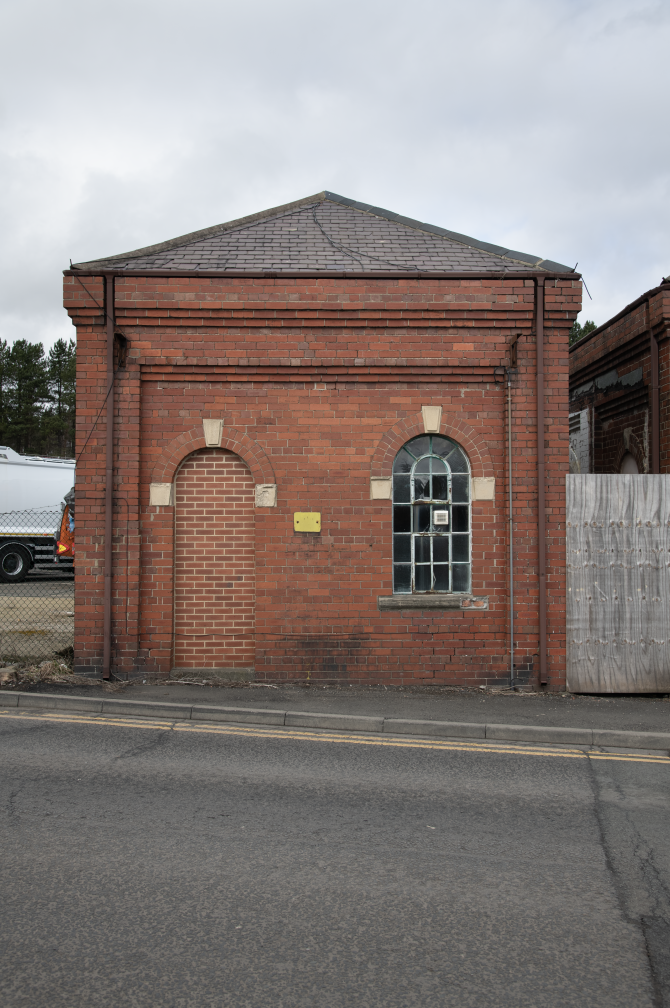
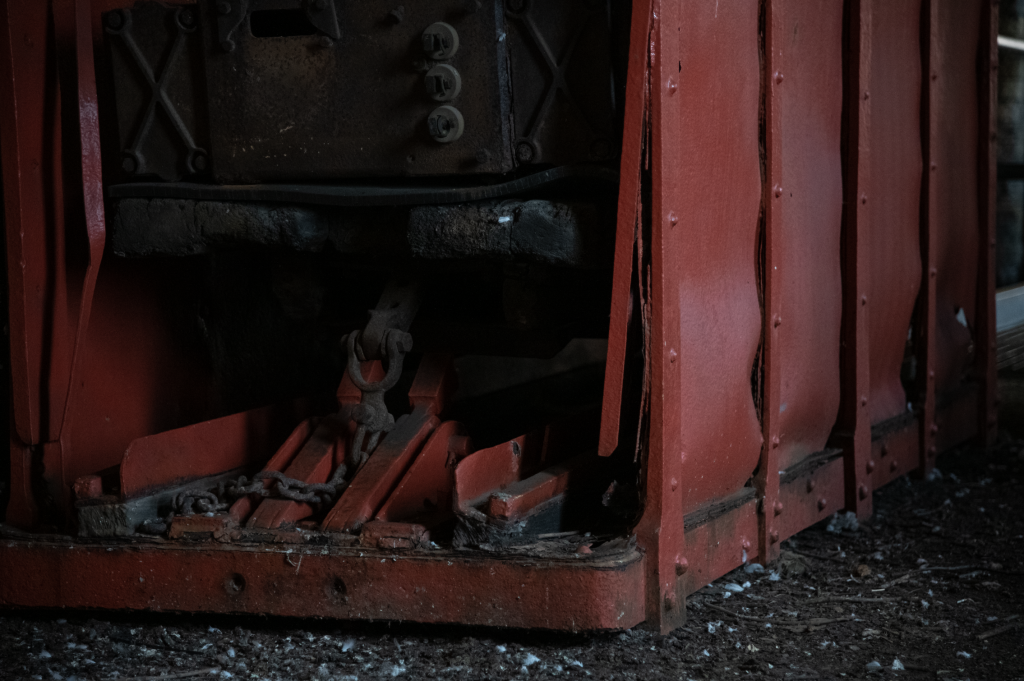
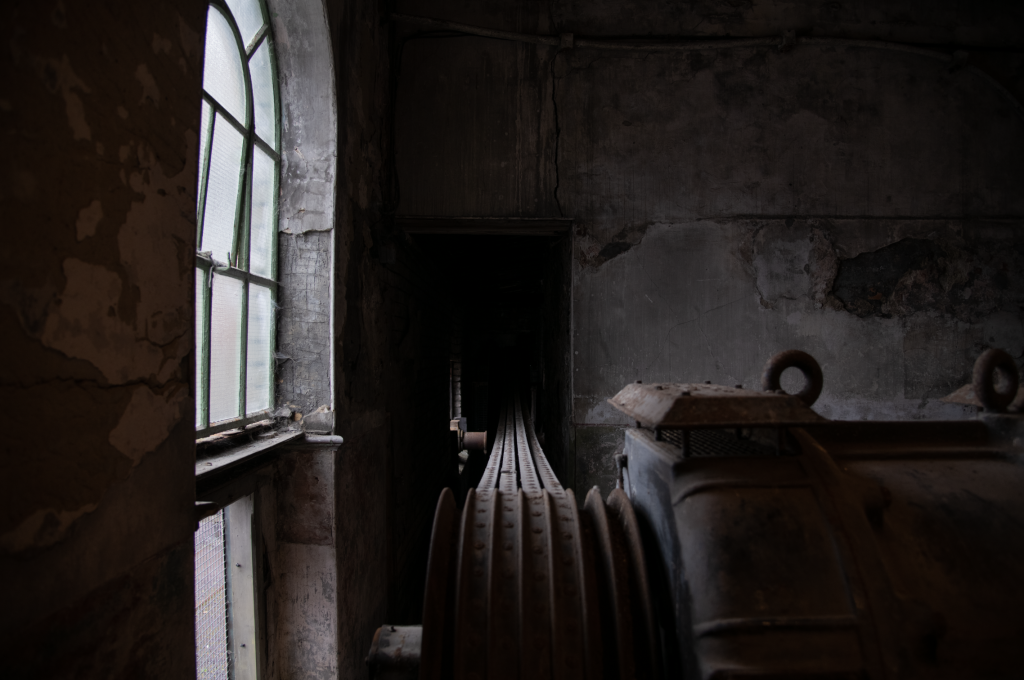
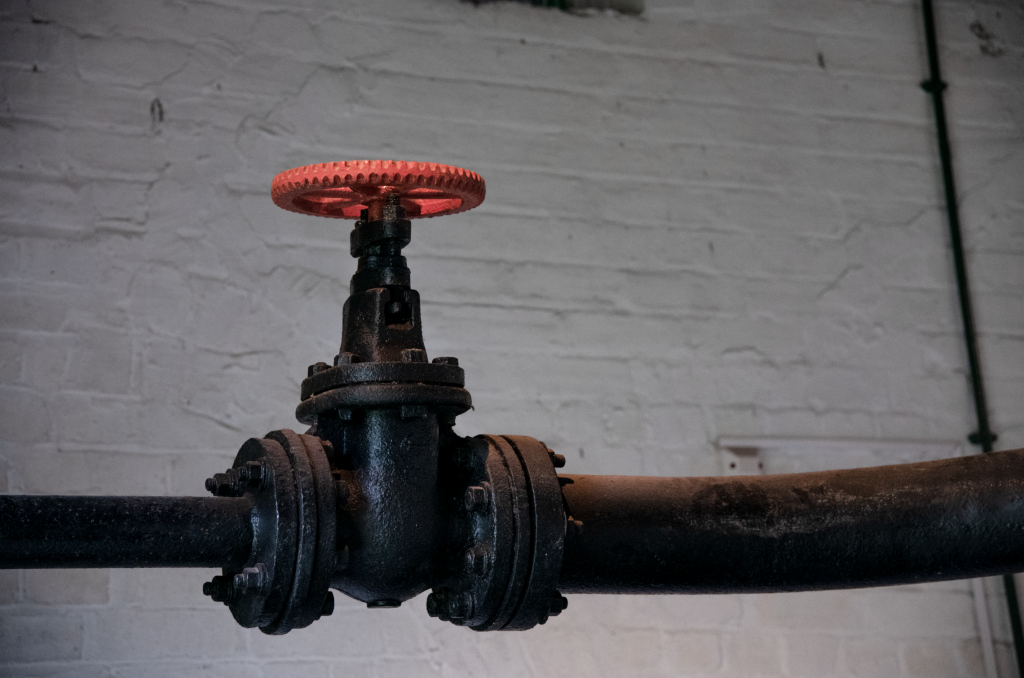
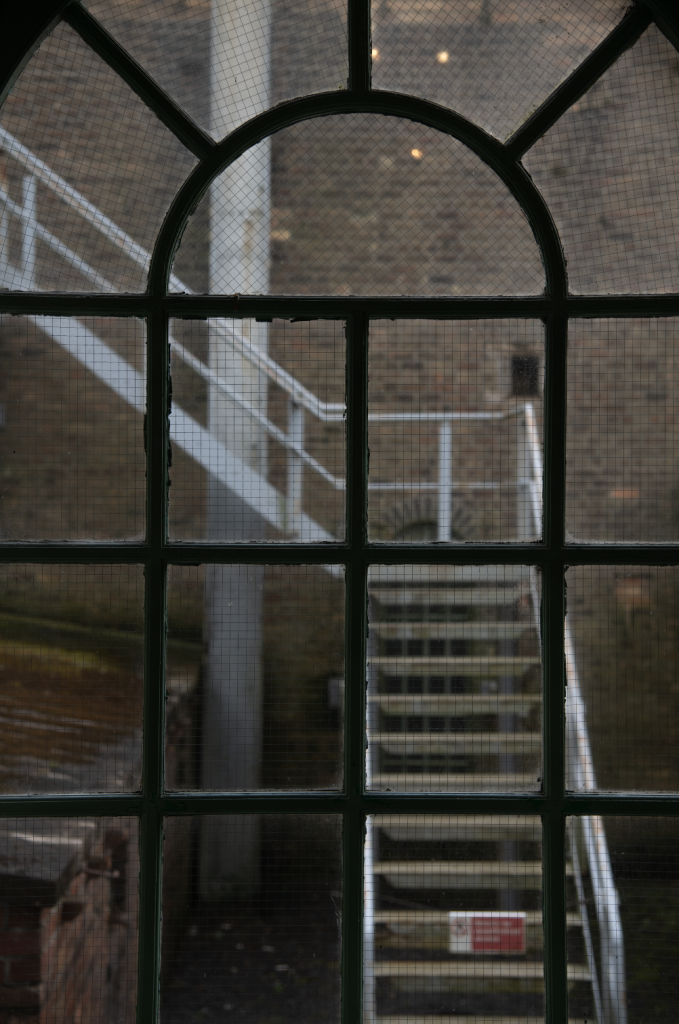
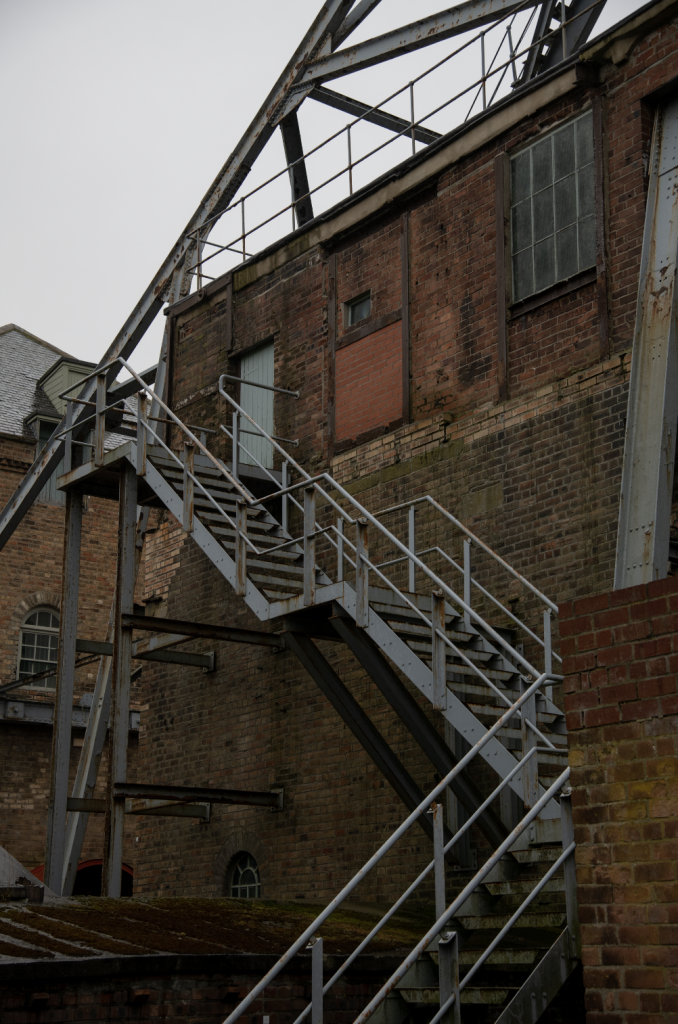
Video of Newspaper:
Photos of the work in Display:
